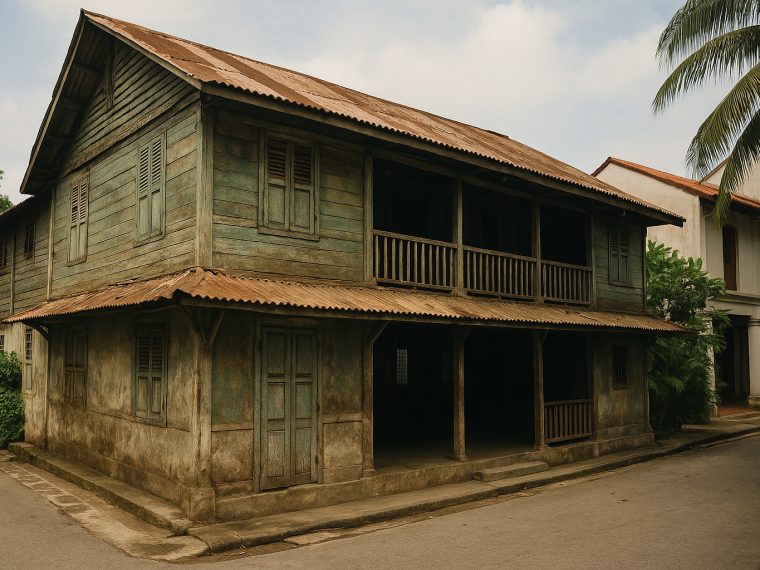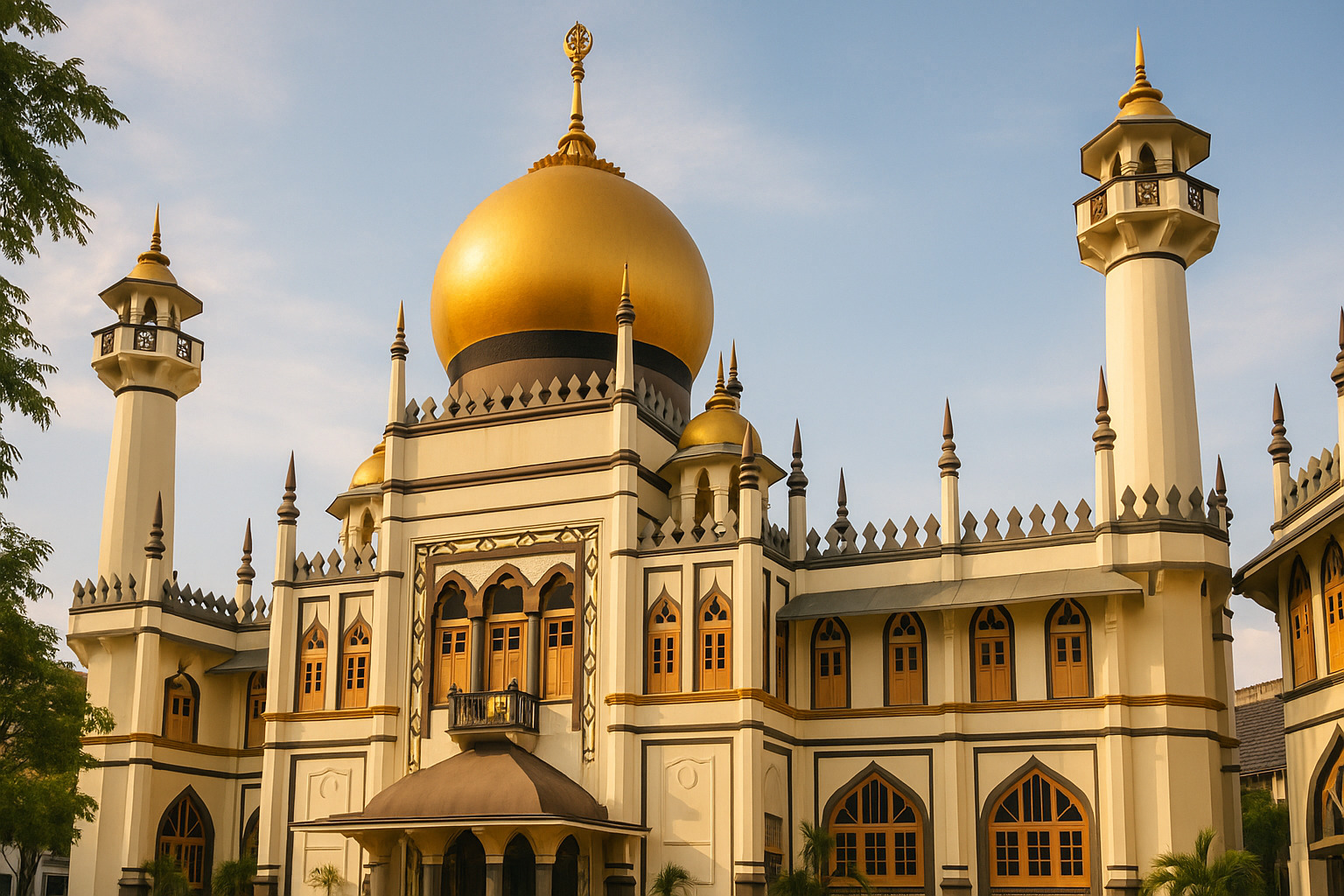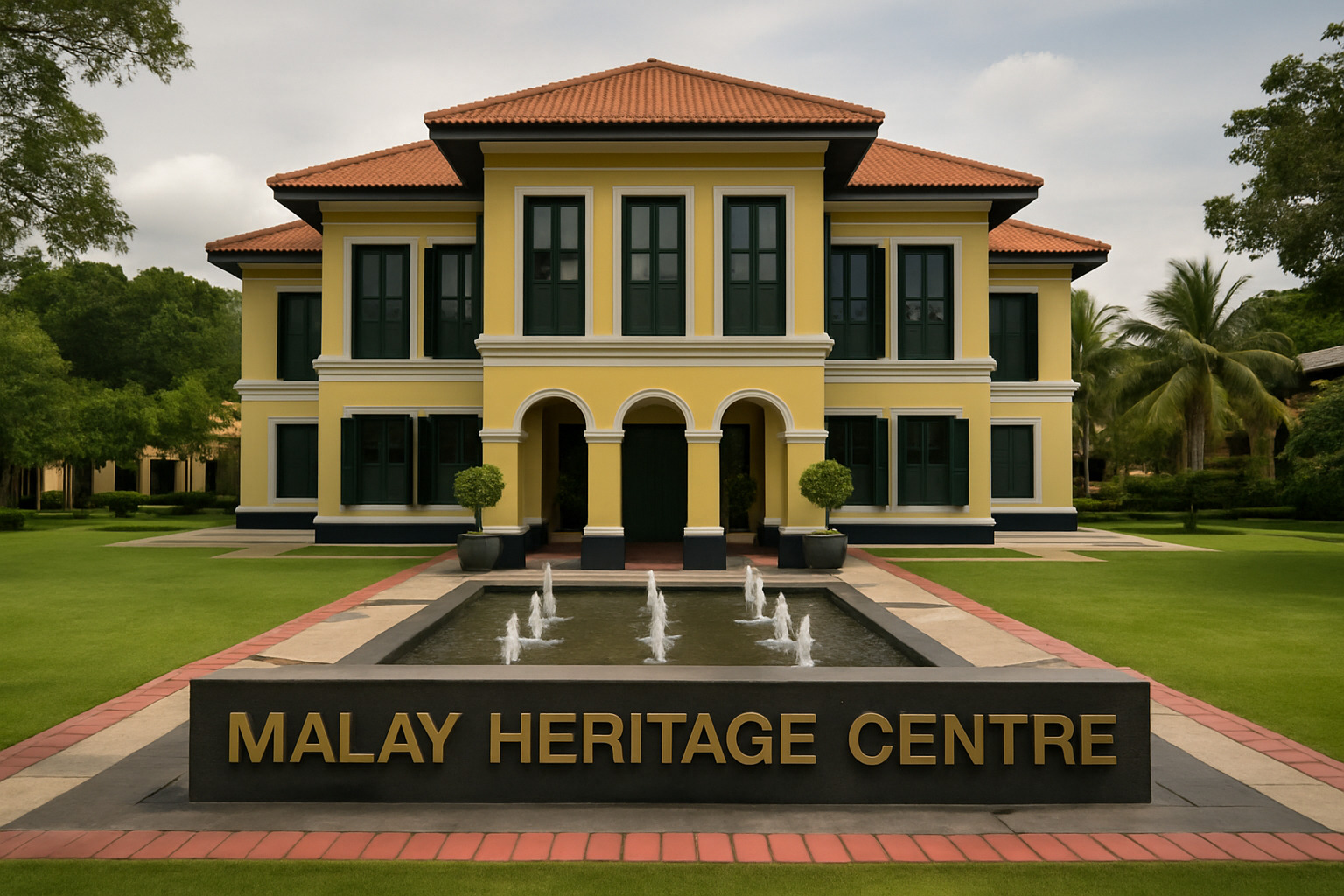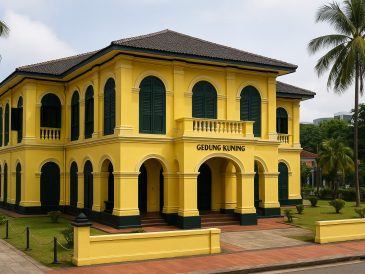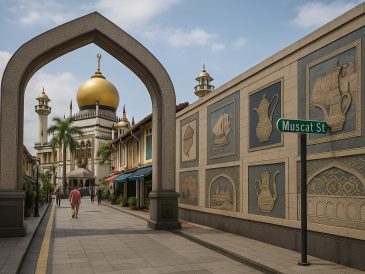Was Pondok Java just a simple lodging house, or did it carry a deeper meaning for Singapore’s Javanese community? Located at Sultan Gate in Kampong Glam, Pondok Java served as a shelter, gathering point, and cultural node for generations of Javanese migrants. Though it was demolished in 2003, its presence continues to echo in the stories, memories, and cultural records of the city.
The Story Behind the Migration
To grasp why Pondok Java mattered, it helps to understand the waves of Javanese migration that began in the early 19th century. The movement wasn’t incidental. Economic strain, land scarcity, and colonial labor demands pushed many Javanese to seek opportunities elsewhere, including in Singapore.
- Some arrived as contract laborers for plantations and tin mines.
- Others came as craftsmen, traders, and small business owners.
- During the Japanese Occupation, many were forcibly relocated.
Kampong Glam, designated for Malay and Muslim communities, became the natural landing zone. Javanese migrants found familiarity, shared language, and culture. Over time, this transformed Kampong Glam into a microcosm of Nusantara identities.
Arab Street gained another identity: “Kampong Java” to the Malays and “Jawa koi” to the Chinese. This reflected the high concentration of Javanese people who settled in the area.
What Was Pondok Java?
The term “pondok” in Indonesian refers to a hut or communal lodging. Pondok Java was one of several such lodgings but stood out due to its role and reputation.
From Bachelor House to Family Shelter
Originally called Rumah Bujangan or “House of Bachelors,” it was a haven for single men arriving in a foreign city.
- It offered basic shelter with shared spaces.
- Rent was flexible; newcomers often stayed free until employed.
- Life was communal, with shared kitchens, toilets, and a central hall for prayer and feasts.
Over time, it evolved to house families. This shift reflected the growing permanence of the Javanese population in Singapore.
Cultural Pulse of a Community
Pondok Java wasn’t just a residence. It became the stage for cultural preservation and transmission. Many Javanese found comfort in hearing gamelan music or watching a wayang performance under its roof.
Art Forms That Lived at Pondok Java
- Wayang Wong – Classical dance drama rooted in Javanese legend.
- Wayang Kulit – Intricate shadow puppet shows with rich storytelling.
- Ketoprak – Popular theatrical performances combining dialogue and music.
- Kuda Kepang – A dance with horse props, often involving trance.
- Gamelan – Traditional Javanese ensemble music, often played during community gatherings.
The man behind this cultural vigor was Wak Dargo, a respected Javanese resident. He wasn’t just the owner—he was an artist and cultural anchor who turned the pondok into a vibrant community space.
Functions Beyond Lodging
Pondok Java also served as a base for livelihood and social support.
- Javanese satay sellers gathered there before setting out across the city.
- During Indonesia’s Independence Day, funfairs and celebrations were held in its vicinity.
- It hosted kenduri (feasts), communal prayers, and social gatherings.
It offered migrants more than just shelter. It gave them structure, friendship, and a connection to home.
Why It Was Demolished
By the 1980s, redevelopment transformed much of Kampong Glam. The demographic shifted. Original residents were resettled. Pondok Java stood longer than most, but not indefinitely.
The official reason for demolition in 2003 cited structural concerns:
- Termite infestation
- Poor building integrity
- General safety risks
No immediate efforts were made to preserve or restore it. Instead, it was reduced to memory and anecdote—surviving through oral history, art projects, and academic records.
Efforts to Keep the Memory Alive
Despite its physical absence, efforts to highlight Pondok Java’s role haven’t stopped.
- Heritage trails in Kampong Glam include references to Pondok Java.
- Artists like Chok Si Xuan have attempted installations like VINES, which briefly acknowledged the remains of the structure before those too were cleared.
- Local historians continue to highlight its function and legacy in documenting migrant communities in Singapore.
Lessons from Pondok Java
Pondok Java illustrates the layered stories behind Singapore’s built environment. It stood as:
- A reception point for new migrants
- A communal shelter for the vulnerable
- A hub for cultural practices and preservation
- A place where identity, performance, and daily life intersected
The story of Pondok Java also speaks to the disappearance of culturally specific spaces. While Kampong Glam still reflects Malay and Muslim identities, the distinctly Javanese character has faded. Those of Javanese descent are now mostly considered part of the broader Malay/Muslim community.
Why It Still Matters
Pondok Java mattered because it fulfilled needs that go beyond physical housing. It represented how displaced communities adapt, sustain their culture, and create support systems in unfamiliar cities.
Its demolition marked not only the loss of a structure but the erasure of a physical reminder of Singapore’s Javanese narrative. Without intentional preservation, such stories risk being edited out of the city’s memory.
Even in absence, Pondok Java stands for how migrant communities build not only homes, but meaning, belonging, and legacy.
